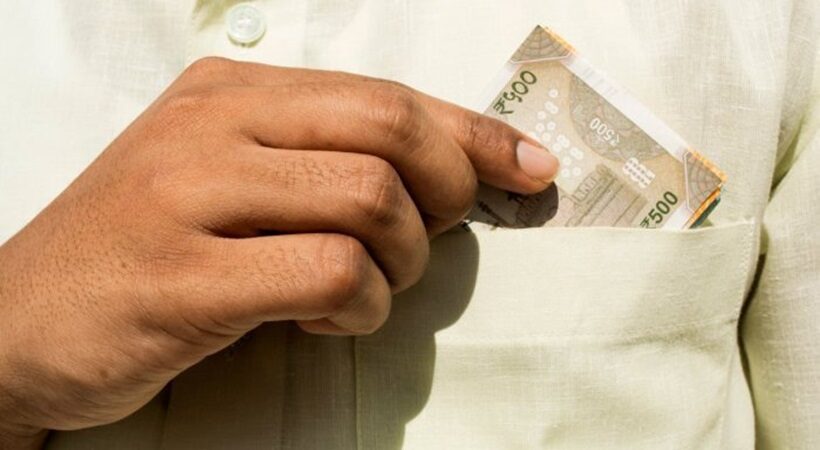India stands as one of the most unequal countries globally, with the top 1% of the population holding more than one-fifth of the total national income in 2021, according to World Inequality Report 2022.
The average national income of the Indian adult population is ₹204,200. Though the bottom 50% earns only ₹53,610, the top 10% earns more than 20 times, accounting for ₹1,166,520.
India’s top 10% of the population holds 57% of the total income, while the bottom 50% holds only 13%. The average household wealth in the country is ₹983,010, the World Inequality Report said.
The report also gives sharp insights into gender inequality in the country. The female labour income share is equal to 18%–one of the lowest globally, slightly higher than the Middle East (15%).
“The female labour income share is equal to 18 per cent. This is significantly lower than the average in Asia (21 per cent, excluding China),” the report said.
Following a series of deregulation and liberalisation programs that took different forms in different countries since 1980s, income and wealth inequalities have been on the rise nearly everywhere.
“The rise has not been uniform: certain countries have experienced spectacular increases in inequality (including the US, Russia, and India) while others (European countries and China) have experienced relatively smaller rises,” the report said.
The report pointed out that in 2021, after three decades of trade and financial globalisation, global inequalities remain extremely pronounced.
The report has been authored by Lucas Chancel, co-director of the World Inequality Lab, and coordinated by several experts, including French economist Thomas Piketty.



















